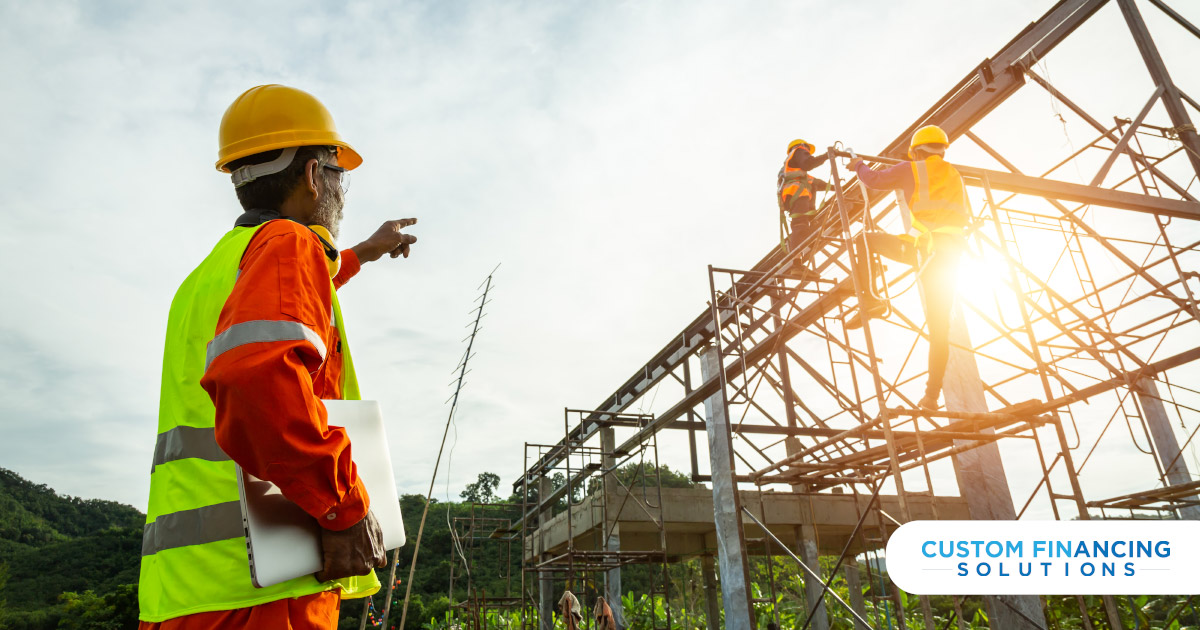Safety is a major concern in every structure. When the structure rises above the ground floor, height becomes a problem to deal with. There are countless deaths because of falls, both during and after construction. One of the effective ways to counter it is by installing guardrails.

What Is A Guardrail?
A Guardrail is a protective fence-like structure. It runs through the perimeter of the floors and enhances safety. The absence of this feature significantly increases the chances of falling. OSHA (Occupational Safety and Health Administration) realized the importance and made it a necessity. OSHA has specific minimum requirements for a protective guardrail. The one you make must comply with these.
Here’s what you must know while building a guardrail.
Material
While the OSHA does not have a list of materials, it specifies that the material should be sturdy. The most common ones to use are wood and metal.
It is important that you choose a material that can survive the harsh climate. Guardrails are exposed to natural elements. Wood has many options with a difference in quality and finish. Processed wood has the required strength and durability for this. You can also use any sturdy metal. Its malleability makes it easier to reshape while maintaining its strength.
Structure
The correct structure is of utmost importance. It is divided into three parts, posts, mid-rail, and top-rail.
The posts are vertical structures that must be installed at some distance from each other. There is no set number of posts. Installing them too close to each other will waste resources and placing them too far apart will harm the strength of the guardrail. It will have two sets of rails running between them.
The top rail should be at a height of 39-45 inches above the surface. Regardless of the material used, it should have the capacity to hold out against 200lb force in any direction. These are OSHA regulations so we suggest you test the top-rail with this force. It should not have a rough surface that causes injuries or too smooth to cause slips. The surface should be even to touch and comfortable to hold.
The mid-rail serves as an additional level of protection. It should be installed at half the height between the top rail and the ground. In terms of thickness, it should be at least a quarter of an inch in diameter. There should be no gaps in the guardrail larger than the 19-inch limit set by OSHA. You can also use in-fill panels besides mid-rails.
Toe Board
The toe board can be of any material (even a different one from the guardrail). It is installed at the base and runs the full length of the guardrail. We place it close to the ground, leaving less than 1/4th of an inch of space. It should be no longer than 3.5 inches high and must tolerate 50lb force outwards or downwards.
However, having a guardrail doesn’t guarantee the end of all problems. People can still trip and fall, especially mid-project. Here are a few construction hazards that you should fear the most.
We make our blogs at CustomFin to help you become the best. We also offer your customers affordable payment options so that you can close more deals.
Get started now and grow your business.









